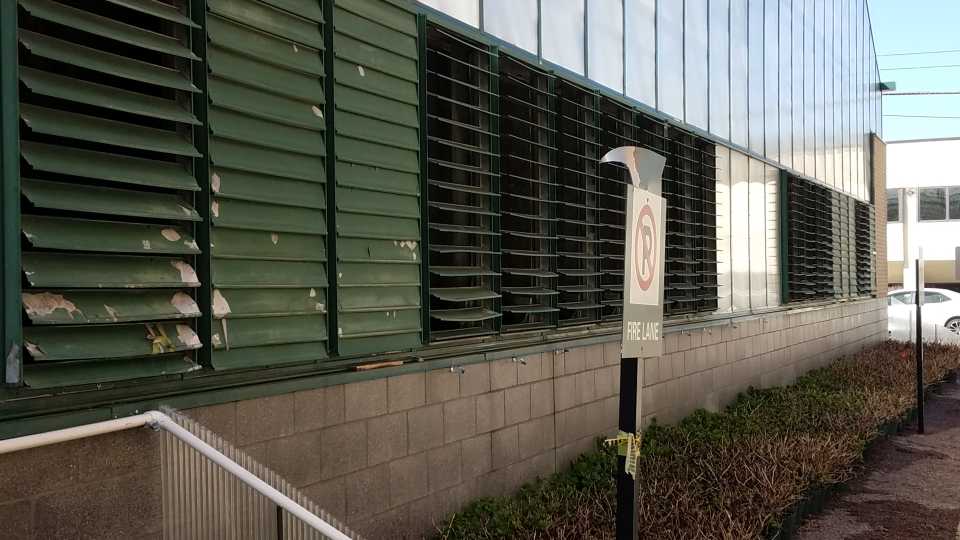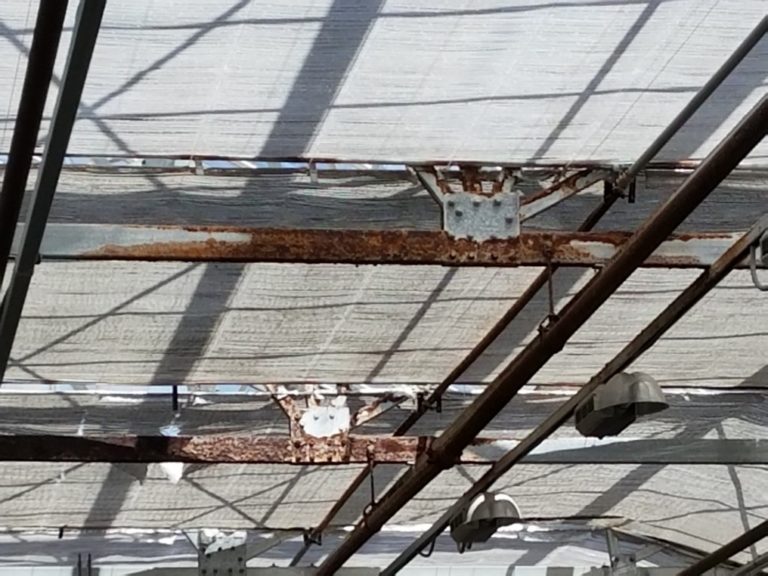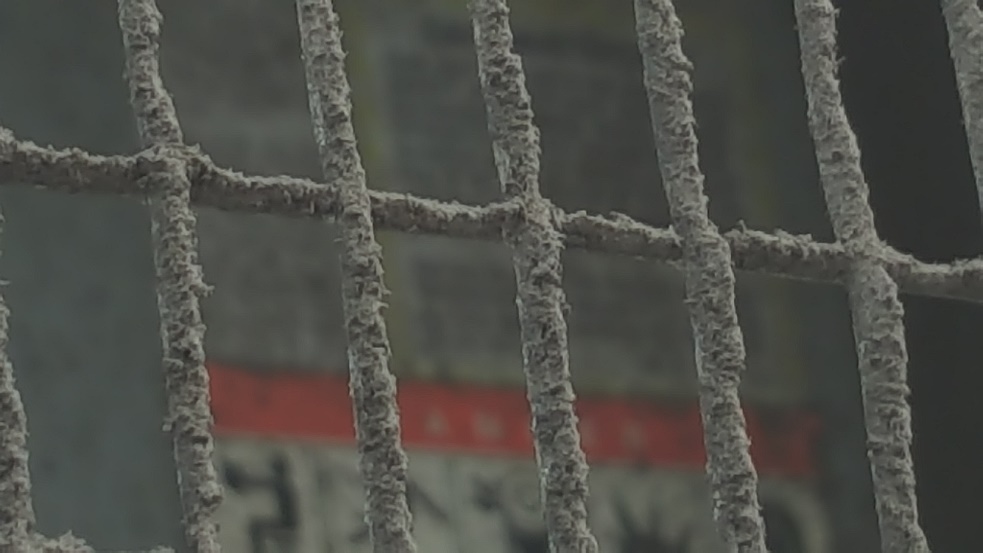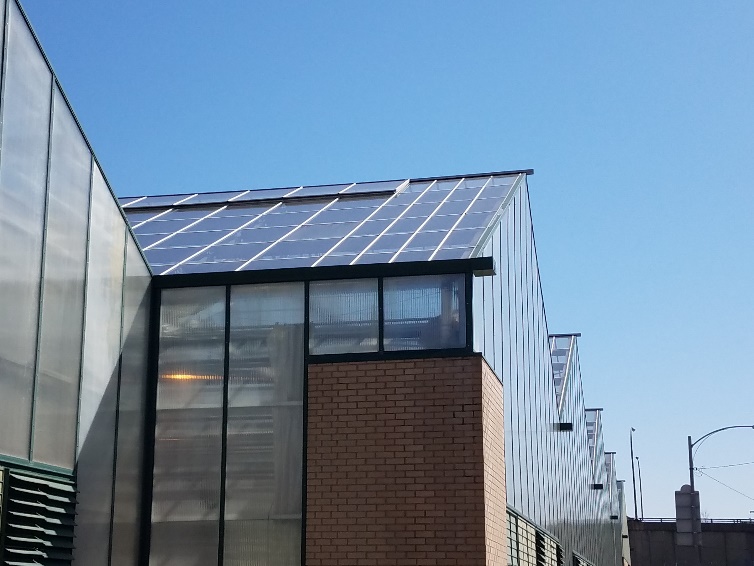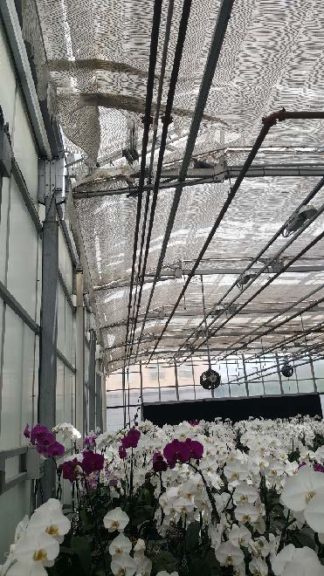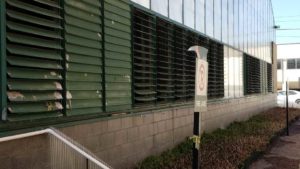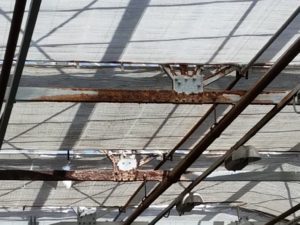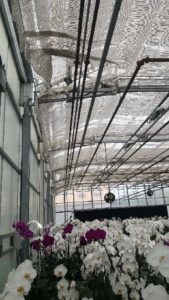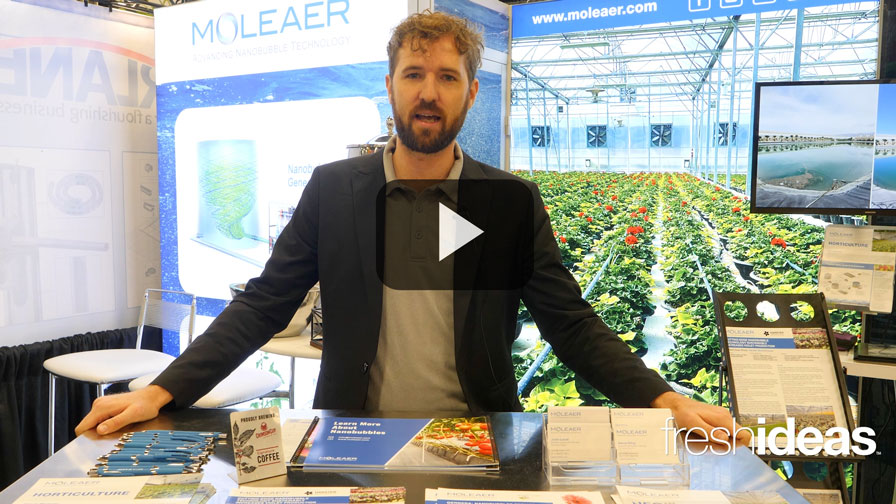Tips on Preparing Your Greenhouse for Fall and Winter
Note: This article is part of a series in which Greenhouse Grower and L.L. Klink Greenhouse Solutions (a national sales and service greenhouse provider) are partnering to provide you with information on how to most efficiently manage your greenhouse. Check out the other articles in the series here.
Properly preparing your greenhouse for fall and winter is one of the most inexpensive and easy ways to maximize profits. Every one degree of accuracy in heating or cooling can save an operation 3% to 5% of its energy costs.
This process can also help you reduce equipment failures and improve equipment efficiency. For example, elimination of dust buildup on ventilation fans can increase efficiency by 30% to 50%, and proper operating ventilation systems can eliminate stagnant air/condensation, improve cooling and heating, and increase the life of the system.
Simply put, proactively addressing little problems can improve your product yield in the long term.
To prepare for fall and winter, greenhouse growers should develop and follow a maintenance checklist for their greenhouse structure, environmental control equipment, and irrigation systems.
Greenhouse Structure Checklist
Your checklist for greenhouse structure maintenance should include the following:
- Examine concrete piers/structure for deterioration: structure/bench foundation, walkways
- Glazing: punctures, inflation, light transmission, cracking, general conditions (also check update replacement history)
- Gutters: cleaning and inspecting for rust and leaks. Examine downspouts to make sure they are clear
- Vents: lubrication, operation, and motors. When it comes to vents, check along the entire length of each closed vent to ensure a tight seal and, if necessary, adjust for gaps. Clean the rack with cloth to remove all dirt and apply a small amount of lubricant. Manually run the vent machines to make sure rack and pinions are aligned and running smoothly. Some growers may also elect to lock down vents and turn off toggle switches if not need for winter ventilation.
- Plumbing: drainage, leaks, rust
- Wiring: corrosion, damaged wires
- Fire Safety: extinguishers, smoke detectors, exit plans, locating and removing potential hazards
- Safety Equipment: eye protection, first aid
Environmental Control Equipment Checklist
Your checklist for environmental controls should include the following:
- Heating (this should be the prime focus for your fall/winter tune up): Furnace cleaning, pilot lights, electrical, gas lines, venting, energy curtain. Check for tears or poor seals in energy curtains and consider programming your curtain system to pause as it uncovers to avoid rapid cold air quickly penetrating the crop. Lubricate pumps and motor bearings. Consider setting all walkways/corridors set points to cooler temperatures than the greenhouse to save energy. If applicable, test your back-up generators and temperature alarms. Utilize logs to review greenhouse temperatures from various periods of time, weeks, months, and previous years to measure how your equipment is functioning.
- Cooling: fans, evaporating cooling systems, vents, shade system, electrical. Late autumn is the ideal time to empty all pump tanks, wet vacuum them out, flush and clean lines, and completely clean your tanks
- Sensors: calibration, damages, power connection.
Irrigation Equipment Checklist
Your checklist for irrigation system maintenance should include the following:
- Misting Equipment: valves, motors, fluid flow, filter cleaning, punctured liners
- Drippers: clog/kink check, fluid flow, filter cleaning
- Fertigation system: monthly flush, injector cleaning, emitter testing
- Monitoring for biofilms
During this time of year, safety is more important than ever before, and no one wants to get injured. Most greenhouse owners and installers know it’s risky business working on greenhouses.
Standard Occupational Safety and Health Administration (OSHA) regulations can be difficult to follow and costly to implement. Recent developments in some areas have found OSHA willing to work with the greenhouse industry in adapting to the challenges presented with greenhouse structures. Some of the important safety procedures being used today include safety harnesses, high-strength cables in gutters for tying off, better utilization of scissor lifts, and better design of structures.
When taking any of the above steps, be sure to contract with professional companies with skilled/experienced labor. Make sure you have proper written contracts and insurance that address workers’ compensations, liability, and excess/umbrella coverage. Immediately notify your insurance carrier if any incident occurs on or involving your property.




